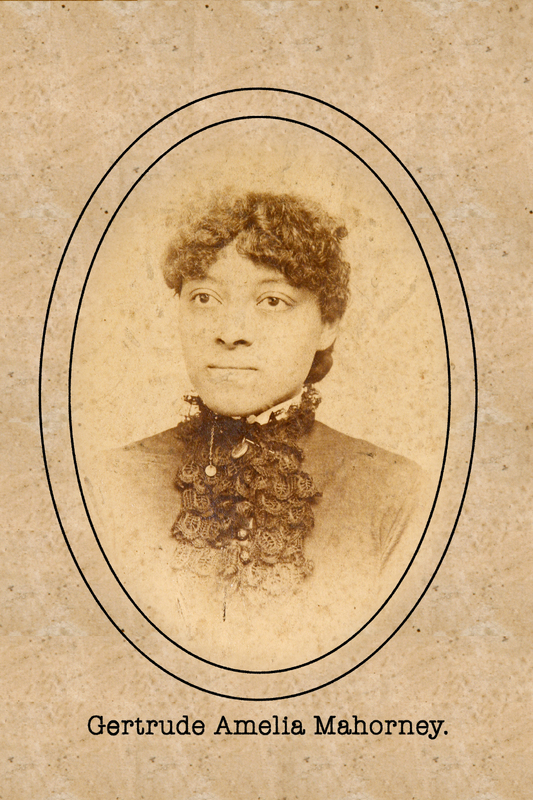Unequal Education in Indiana
“My desire is that the Institution of the North Western Christian University occupy a position in the front ranks of human progress and Christian civilization as the Experiment and Advocate of the common rights of humanity without distinction on account of sex, race or color.”
Ovid Butler, draft of an unpublished essay entitled “Women’s Rights” written sometime after the end of the Civil War, circa 1865.
While the founders centered the mission of the University on providing education access to all races and genders, segregation existed in Indiana and the state’s public-education system. Prior to Indiana’s statehood, the 1787 Northwest Ordinance made slavery illegal in the Northwest Territory, but enslavers already living there held on to their enslaved people, and other enslavers moving into the region interpreted the law differently to benefit their own interests. While the 1816 Indiana Constitution made no mention of race, the Indiana legislature passed amendments to restrict the rights of people of color through the decades leading up to the end of the Civil War, including specifically banning Black children from public schools.
After adoption of a new state constitution in 1851, the Indiana legislature passed education-related amendments that again legally excluded children of color from the public school system. This exclusion was achieved through not taxing Black property owners for educational services. Leading up to the 1870s, the Indiana public school system did not commonly educate children of color, and many relied on private or religious schools for their education. Some denominations that supported such schools included the Quakers (Religious Society of Friends) and African Methodist Episcopal Church.
During the Reconstruction Era (1865–1877) following the Civil War, the Indiana legislature passed an 1869 law that required school trustees to provide separate tax-funded schools in cities with “a sufficient number” of Black children, a “separate but equal” doctrine. This law, however, primarily only affected the elementary level. In 1877 the law was amended to allow Black students in white high schools where there was no separate all-Black facility.
In the early 20th century, movements rose to again segregate educational facilities in the state and across the nation. While Indianapolis had established integrated high schools dating back as far as the 1870s, the majority of the city’s population was still segregated across race and class lines. With overcrowding and a push from some white communities, Crispus Attucks High School opened in 1927 as an all-Black school, and students of color from the other Indianapolis Public School facilities were forced to transfer. While the Ku Klux Klan held many positions of power in the city and state government in the 1920s and supported segregation campaigns, legally sanctioned discrimination existed for decades in Indianapolis prior to the Klan’s power and after its collapse. Indiana’s public school system was segregated into the mid20th century. The Indiana public school system wasn’t legally desegregated until 1949. In 1954 the U.S. Supreme Court ruled racial segregation in schools unconstitutional (Brown v. Board of Education).
Gertrude Amelia Mahorney is the first recorded Black graduate of Butler University. Receiving her BA in 1887 and her MA in 1889, she attended the University when it was located in Irvington. With a specialty in German, she translated stories that were later published in local newspapers. Her brother John J. Mahorney also graduated from Butler in 1889 and passed away at an early age in 1892.
She began her teaching career in the Indianapolis Public Schools working at School Number 23 and later taught German at School Number 24, which were both segregated Black schools. In 1906 she traveled to Pittsburgh to study and teach. She returned to Indianapolis but could not find a permanent position. She moved to Rockville, Indiana, to become the lead teacher at the Ohio Street Colored School. Unfortunately, there is no known documentation of Gertrude’s whereabouts after 1915.
Some sources claim that Mahorney was the first Black woman to graduate from any four-year college or university in Indiana. However, this is difficult to prove. First, some institutions have closed and their records are lost. As well, many institutions— such as Butler University—did not keep records documenting all demographic data such as race in their earliest years; it was actually more common for institutions to request denominational affiliation or religious information.
